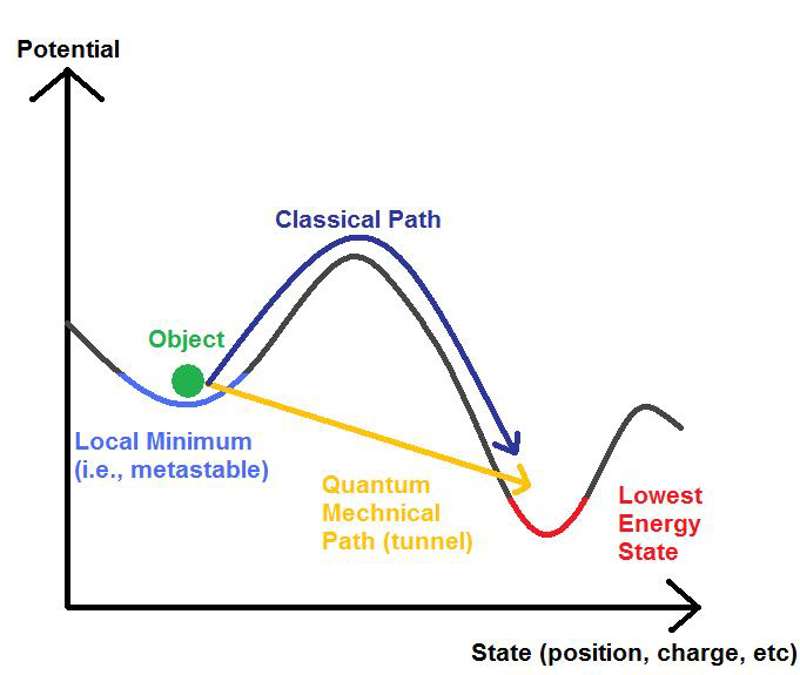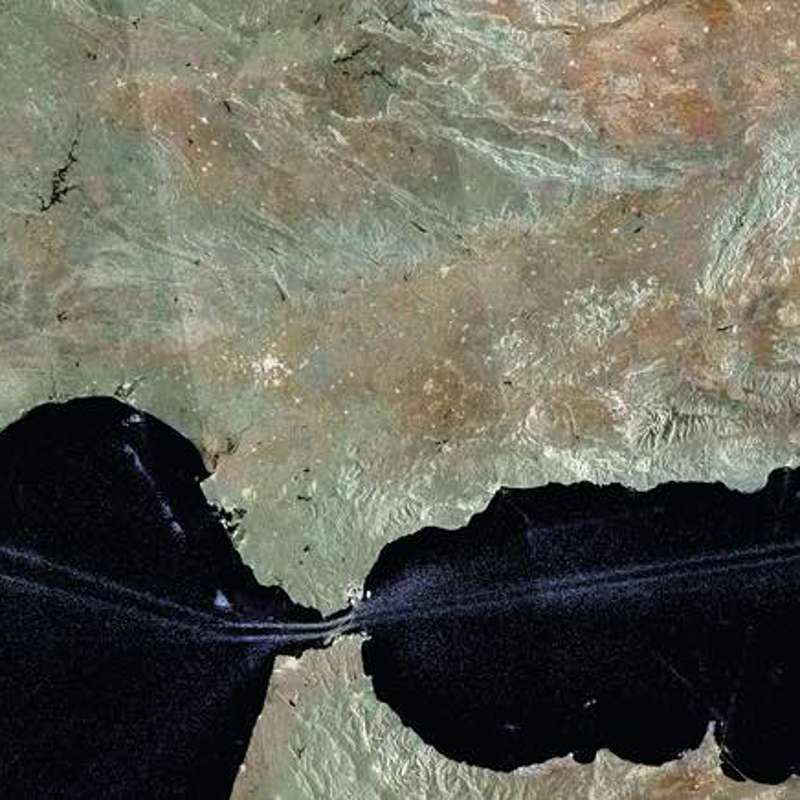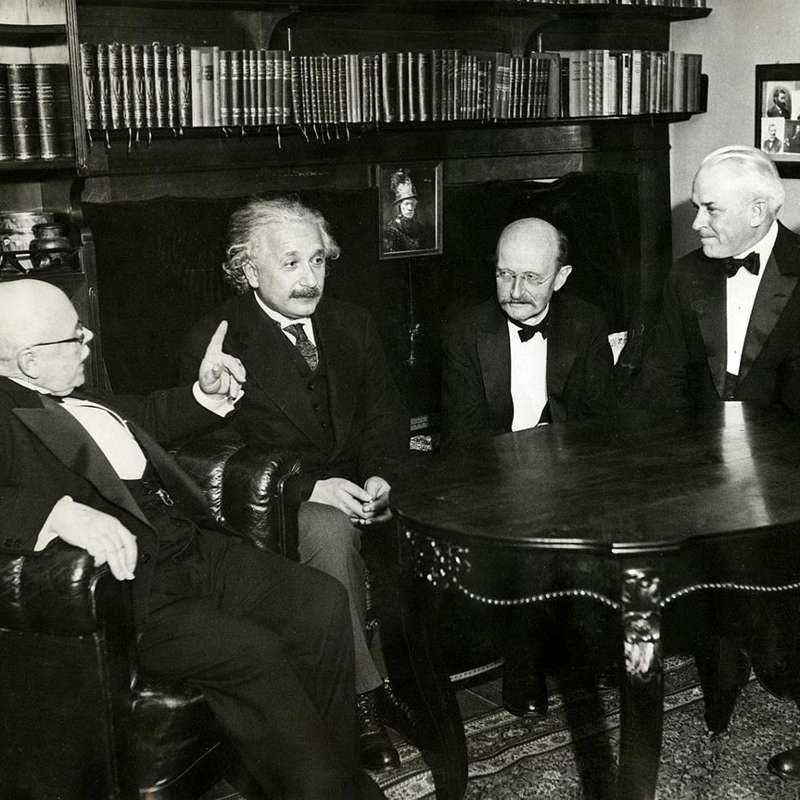Challenging. Perhaps that adjective is one that best defines quantum, a discipline that challenges our perception of the world around us and raises doubts about what we really understand and what we don't. The most characteristic phenomenon of this branch of physics – and one of the most curious and fascinating because of its uniqueness – is the tunneling effect. Allows particles to “jump” or “pass” obstacles It should, according to classical laws, be insurmountable.
However, the most fascinating thing is that although this effect seems like science fiction or belongs to the stories of spaceships jumping from one point to another by crossing invisible barriers in the universe, this phenomenon is not only real but also has practical applications. In our daily life and in various fields of science and technology.
A revolutionary concept
The tunneling effect was one of the first concepts that quantum mechanics gave birth to in the 1920s, as a result of the research of key figures such as Max Born, Werner Heisenberg or Erwin Schrödinger. wave nature Subatomic particles. For his part, physicist Friedrich Hunt was responsible for coining the term “tunneling effect” in 1927 to describe how particles can penetrate each other.r Potential obstacles Without enough classical energy to overcome them, thus violating the usual laws of physics.
For decades, the tunneling effect has been the subject of intense experimental and theoretical research, with major experiments such as the potential barrier experiment conducted by Brian Josephson in the 1960s proving it. Electron pairs can cross potential barriers without losing energy, thus confirming the predictions of quantum mechanics and the hypotheses of other theoretical physicists. It was precisely this experiment that confirmed the existence of the tunneling effect and established it as one of the foundations of quantum mechanics.
Now, the study of the tunnel effect has evolved and changed over time Enriched With contributions from many scientists and theoretical physicists. From understanding nuclear processes in stars to its applications in electronics and nanotechnology, the tunneling effect has become a ubiquitous and widely versatile phenomenon.
What is the tunnel effect?
Answering the question of what tunneling effect is is not a simple task without going into technicalities, but a simple explanation can be given that explains what this unique process consists of. Imagine you have a ball rolling down a hill. According to the laws of classical physics, the ball is inclined Scroll downFollowing the slope of the mountain: If I want to go to the top and then come down, the ball Additional energy is required It pushed her upward.


Representative scheme of the tunneling effect. In blue, identified as the “classical path”, the path followed by the particle according to classical physics is shown. In yellow, described as “quantum mechanical path (tunneling)”, the actual path followed by the particle when experiencing the tunneling effect is shown.
However, in quantum mechanics, the same ball will “go” up the hill without needing that extra energy. In more technical terms, this event “Quantum tunneling”, using that metaphor to refer to the invisible tunnel below the summit that connects the two sides of the mountain and through which the ball can go perfectly. Well, we can extend this example to subatomic particles like electrons They can “jump” through certain energy barriers Without requiring enough energy to overcome them according to the laws of classical physics.
Now, it's important to note that tunneling only occurs at very small scales, in the subatomic world. In fact, it is observed only in the case of particles Very low energy transferAnd is always governed by the second law of thermodynamics – the amount of entropy in the universe increases with time.
The tunnel effect in the real world
However, despite this exposure at subatomic levels, its practical applications are vast and varied, covering very diverse fields. For example, one of the most important applications of the tunneling effect in Design of Electronics and Conductive DevicesIt uses quantum tunneling to create sudden changes in the flow of current, allowing it to switch faster and more efficiently than conventional devices.
And inside Research and manipulation of structures at the nanometer scale It is an event of great importance, especially through Tunneling microscope (STM). STM uses the tunneling effect to probe and visualize surfaces at the atomic level, which has allowed significant advances in the understanding and design of nanoscale materials and devices. It is also essential for the production and operation of nanodevices such as carbon nanotubes or quantum dots, which are the main protagonists of the 2023 Nobel Prize in Chemistry.
Even in Medicine Exemplifies the tunneling effect, which has begun to be explored for applications Diagnosis and treatment. For example, tunneling magnetic resonance imaging (TQMR) is a technique that uses tunneling to improve the sensitivity and accuracy of medical imaging, enabling early detection of diseases with unprecedented resolution.



